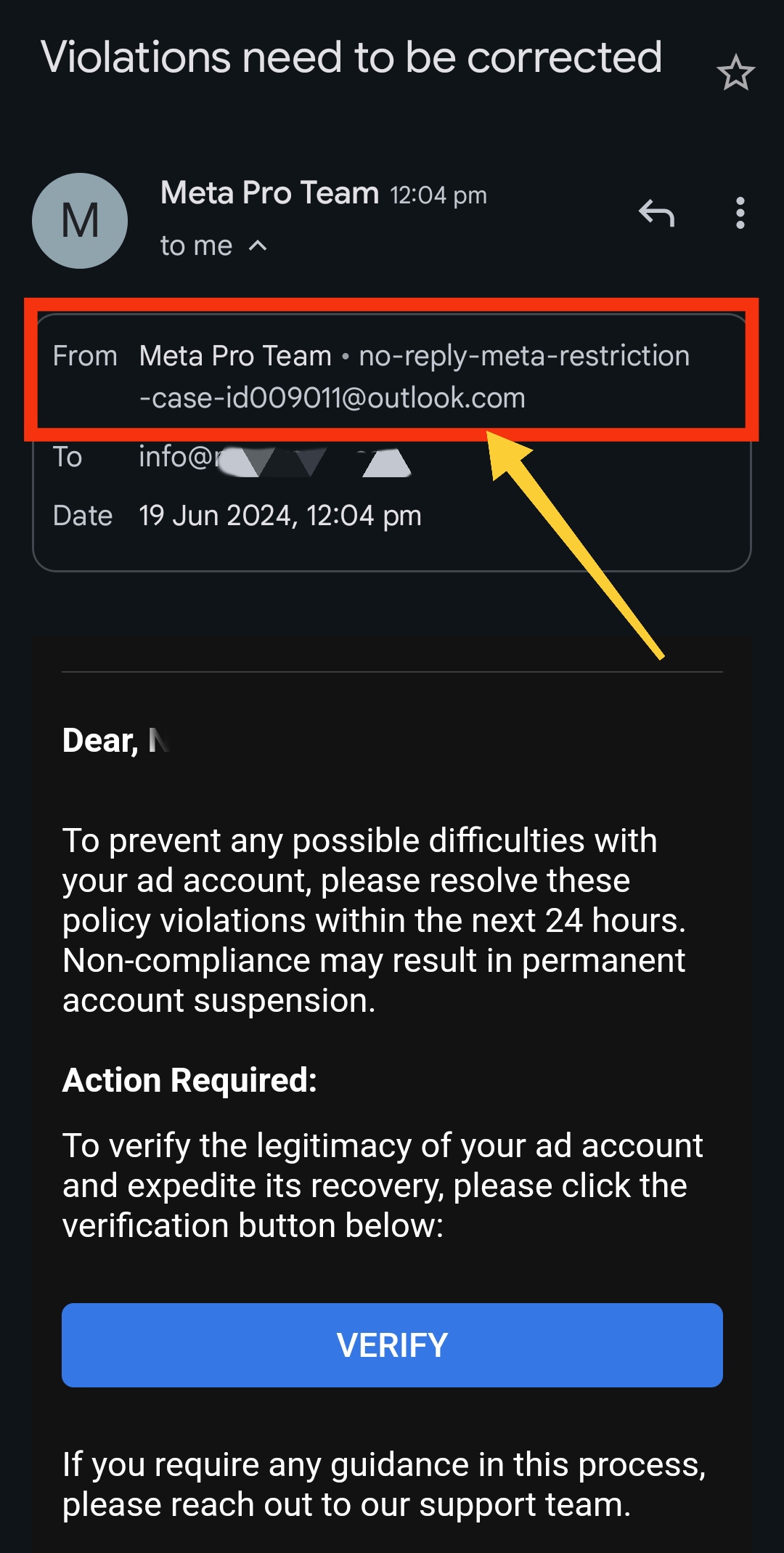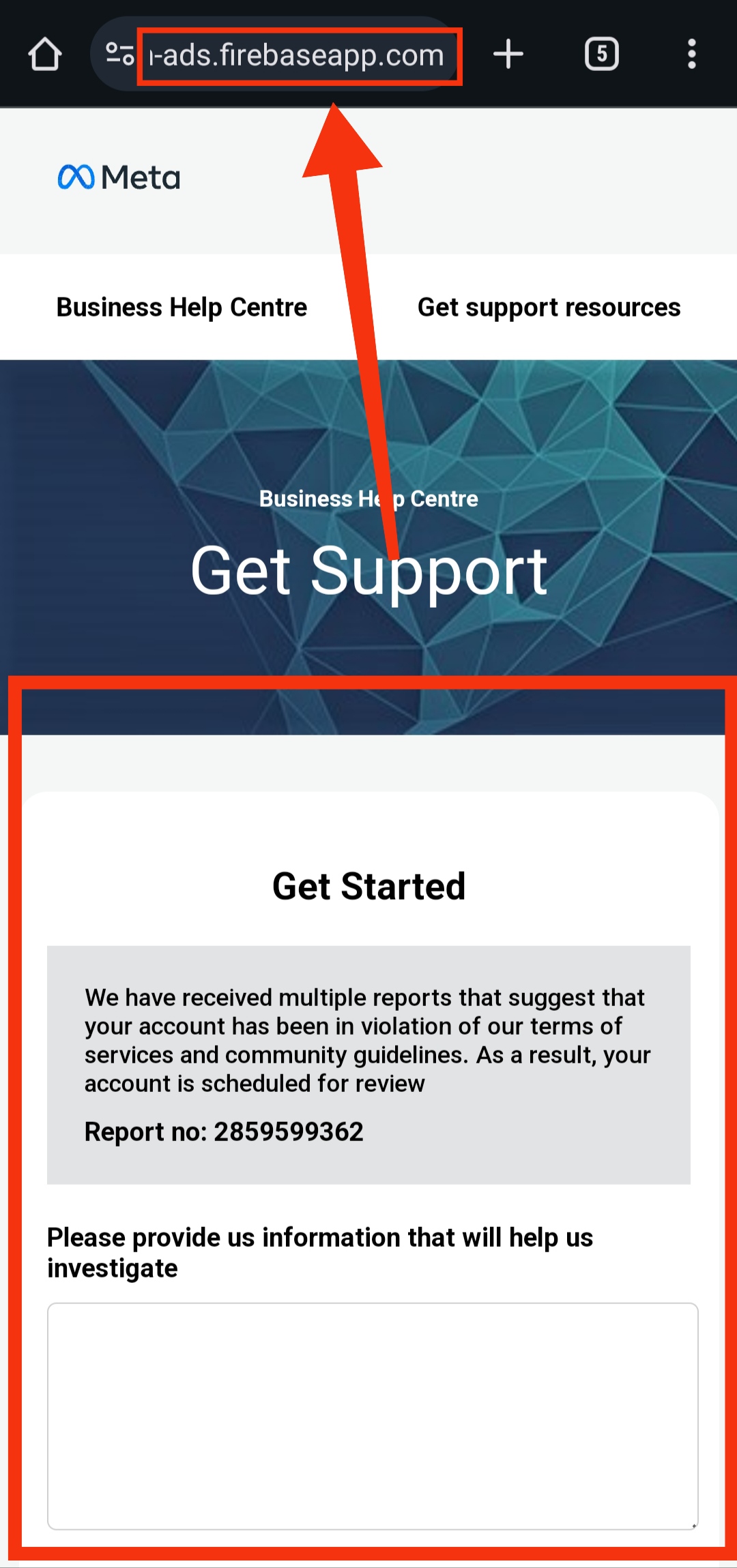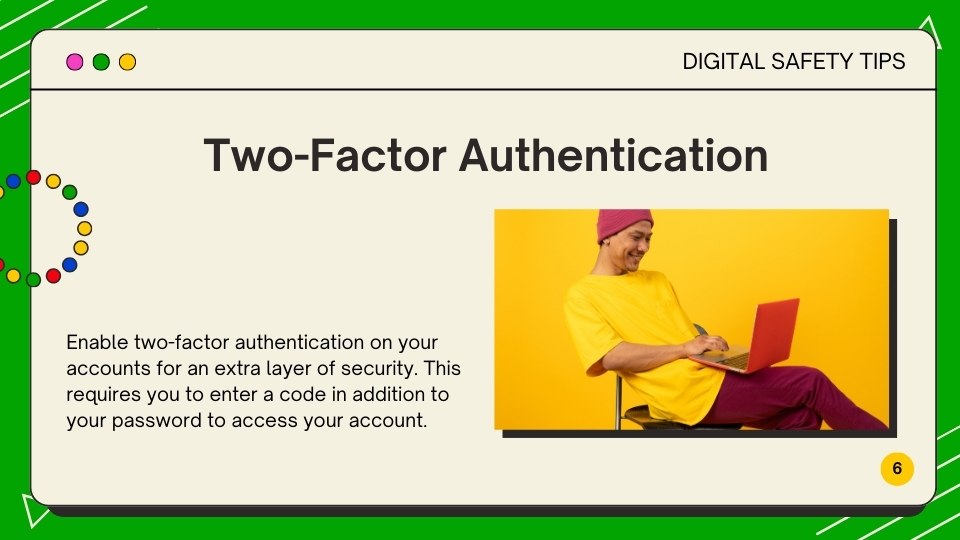Have you ever received an email claiming your social media account is in trouble? Maybe it warns of a policy violation or account suspension. These scam emails can be stressful, but don’t panic! Scammers often target social media users with phishing emails designed to steal personal information or compromise your accounts.
This guide will equip you with the knowledge to spot these scams and protect yourself online.
Red Flags to Watch Out For:
1. Suspicious Sender Email Address
Legitimate social media companies will use their official domain name in their email addresses. Be wary of emails from generic domains like @outlook.com, @mail.ru, or @gmail.com, especially if they claim to be from Facebook, Instagram, or other platforms.

Pro Tip: Hover your cursor over the sender name (without clicking) to reveal the actual email address, which might differ from the displayed name.
2. Sense of Urgency
Scam emails want you to act quickly and bypass your critical thinking. Watch out for emails with phrases like “act now,” “limited time offer,” or threats of immediate account suspension.

3. Dodgy Links
Don’t click on links directly in emails, especially those promising account recovery or verification. Hover over the link (without clicking) to see the actual URL in the tooltip. Look for misspellings in the URL or unfamiliar domains unrelated to the social media platform (e.g., firebaseapp.com instead of facebook.com).

Pro Tip: You can copy the link and open it in an incognito/private window and inspect the website address, taking note of the domain (the address that comes with .com), example “firebaseapp.com“.
4. Generic Greetings
Professional companies typically address you by name. Generic greetings like “Dear User” or “Customer” are a red flag.
5. Grammatical Errors and Poor Formatting
Legitimate companies usually have professional email formatting and avoid typos. Emails riddled with grammatical errors or strange formatting are likely scams.
Stay Safe: What to Do
1. Never Click on Links or Attachments: Clicking suspicious links can download malware or redirect you to fake login pages designed to steal your credentials.
2. Log in Directly: If you’re concerned about your account status, log in directly through the official website or app of the social media platform (not from links in emails).
3. Report Phishing Emails: Most social media platforms have reporting mechanisms for suspicious emails. Report the email to the platform it claims to be from (e.g., report to Facebook).
4. Enable Two-Factor Authentication: Two-factor authentication (2FA) adds an extra layer of security to your accounts. Consider enabling 2FA on all your social media accounts for an extra level of protection.

Conclusion
By staying vigilant and recognizing the red flags, you can avoid falling victim to scam emails targeting your social media accounts. Remember, social media platforms will never pressure you into taking immediate action through email. If you’re ever unsure, take a step back, log in directly to your account through the official app or website, and check for notifications there.
For additional information on online safety and scam reporting, you can visit the security center of your preferred social media platform or reputable cybersecurity organizations.
